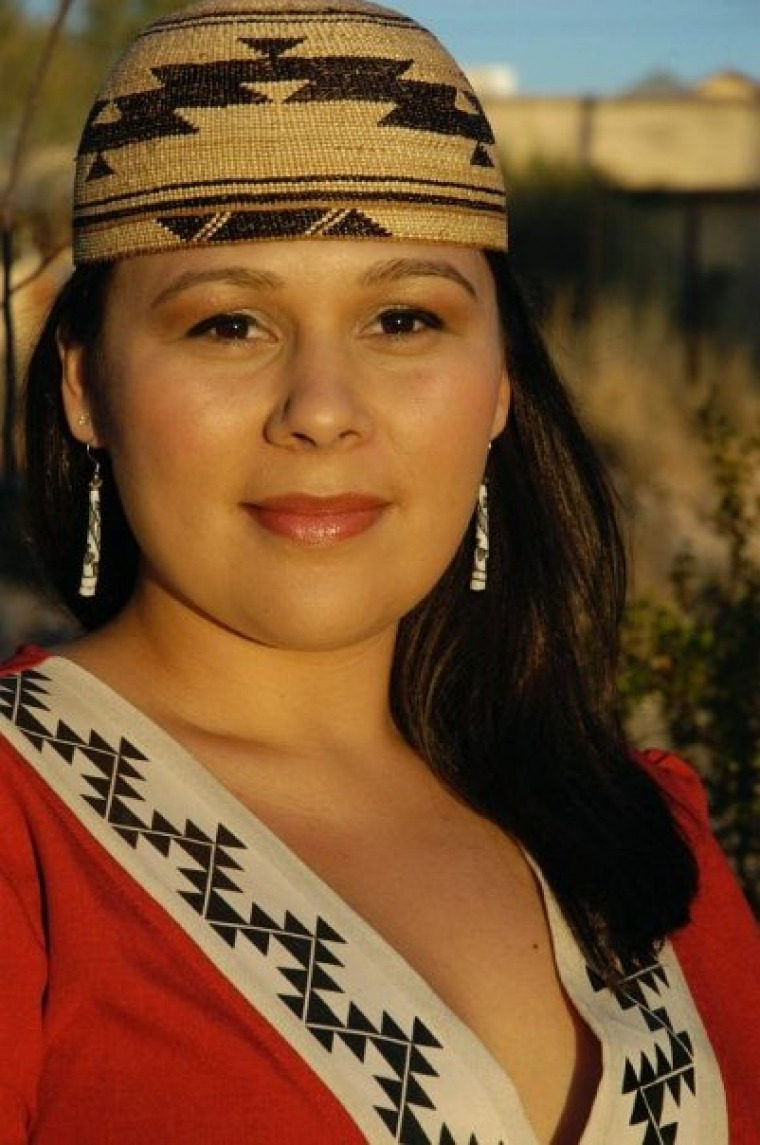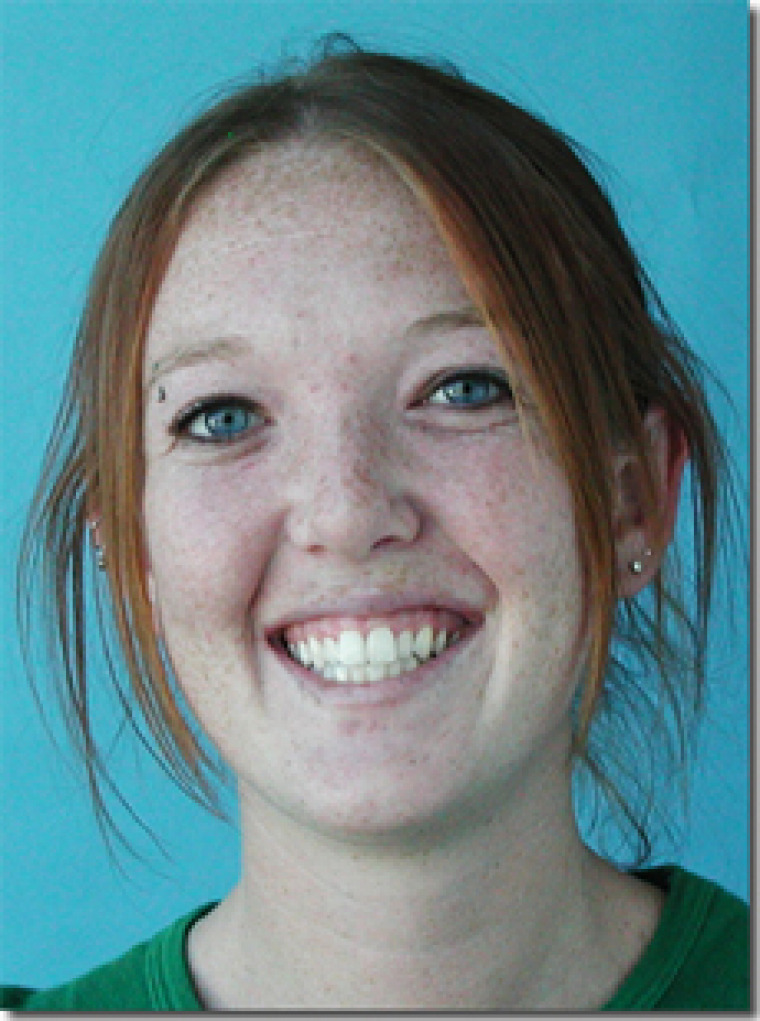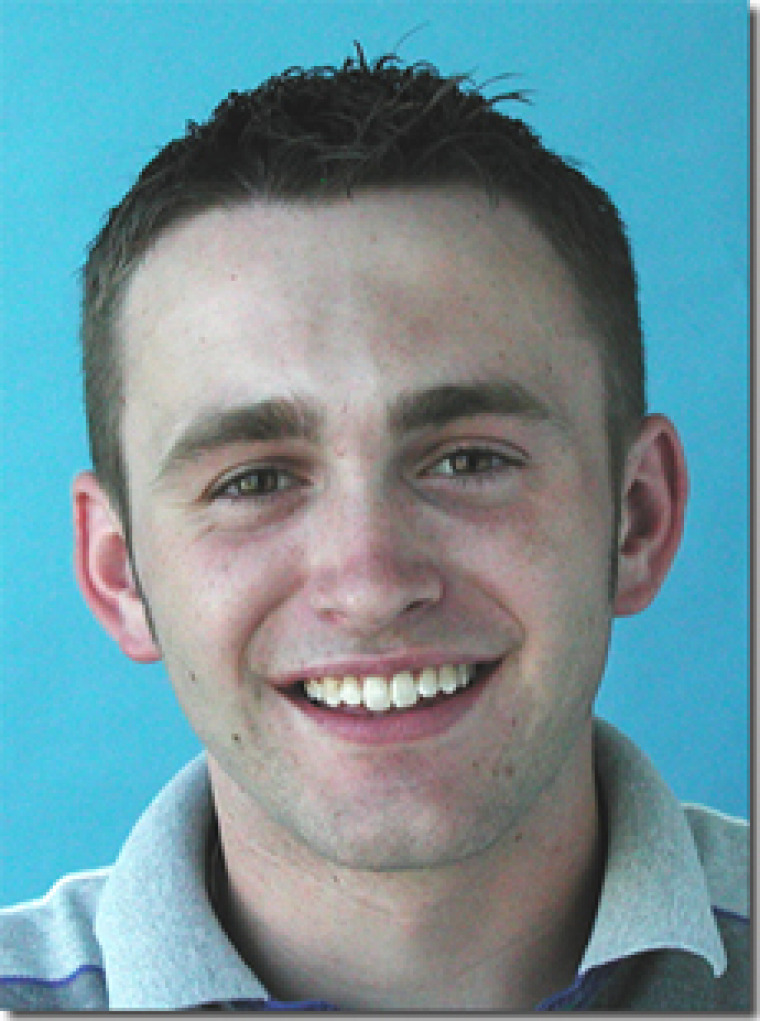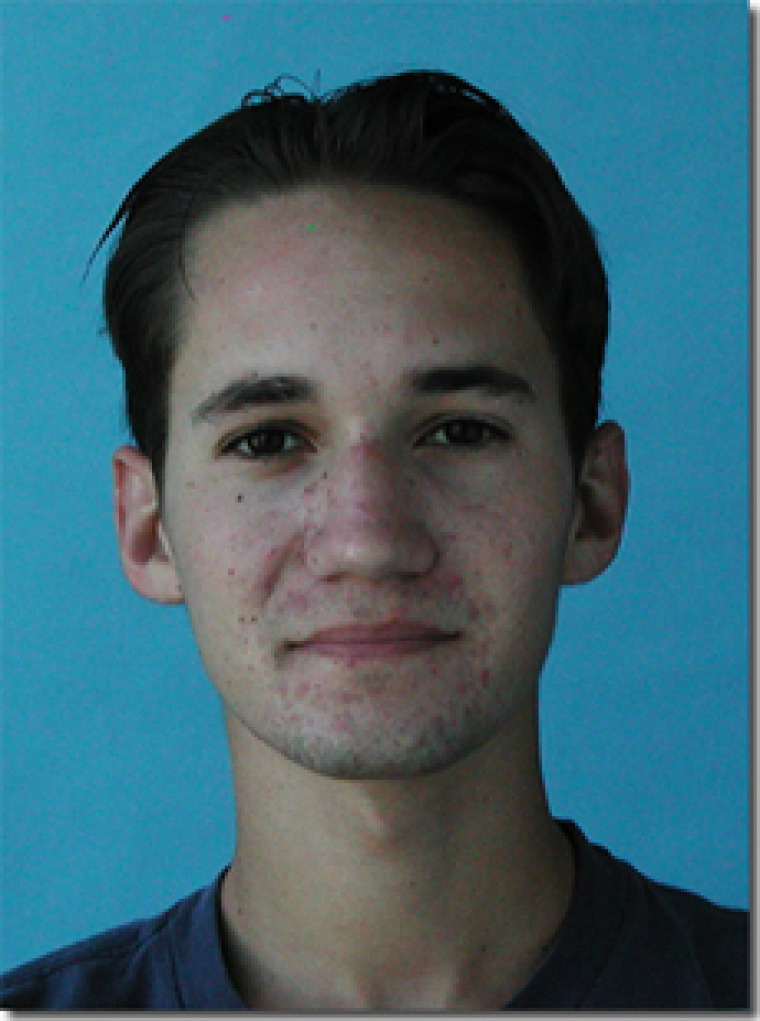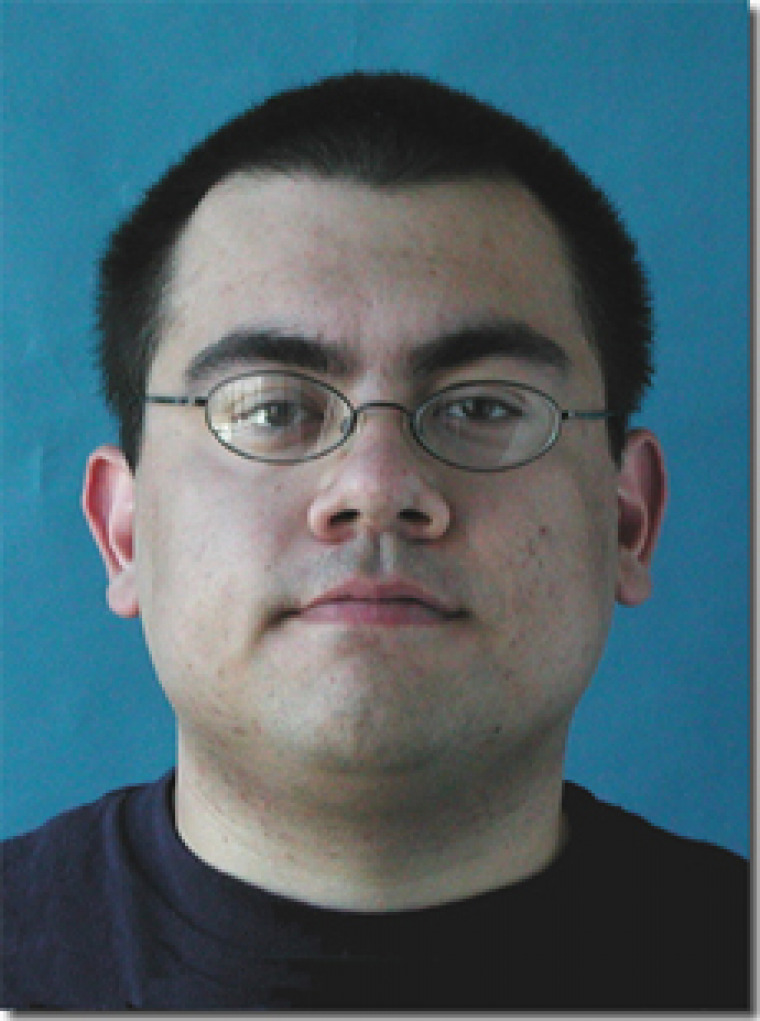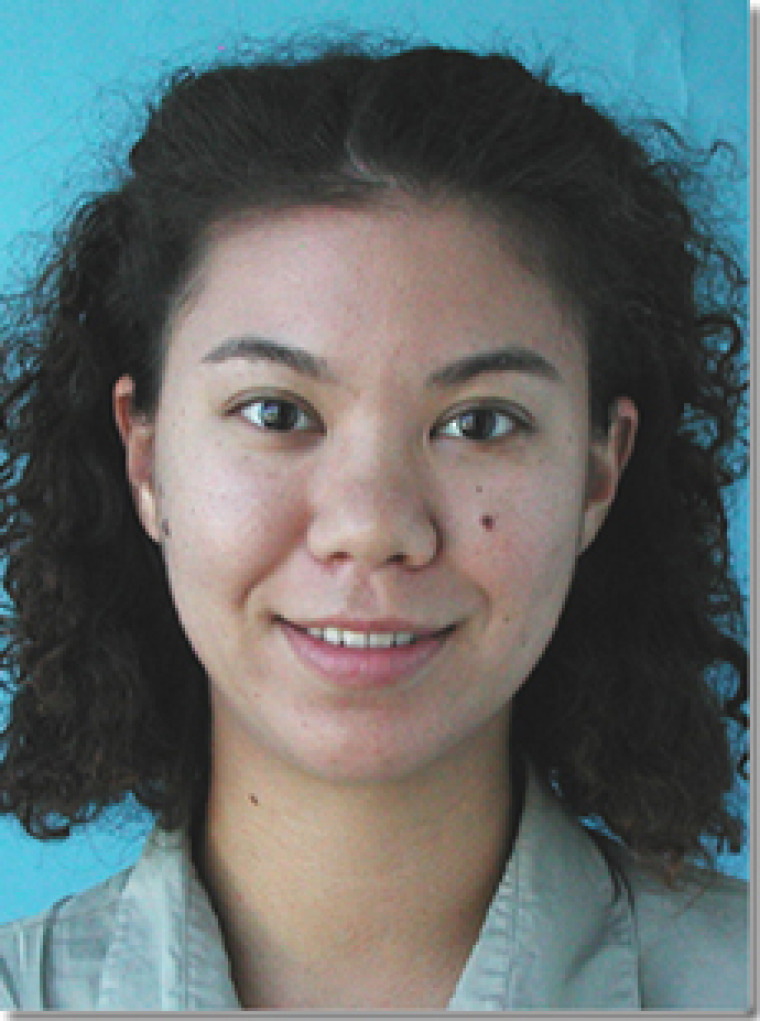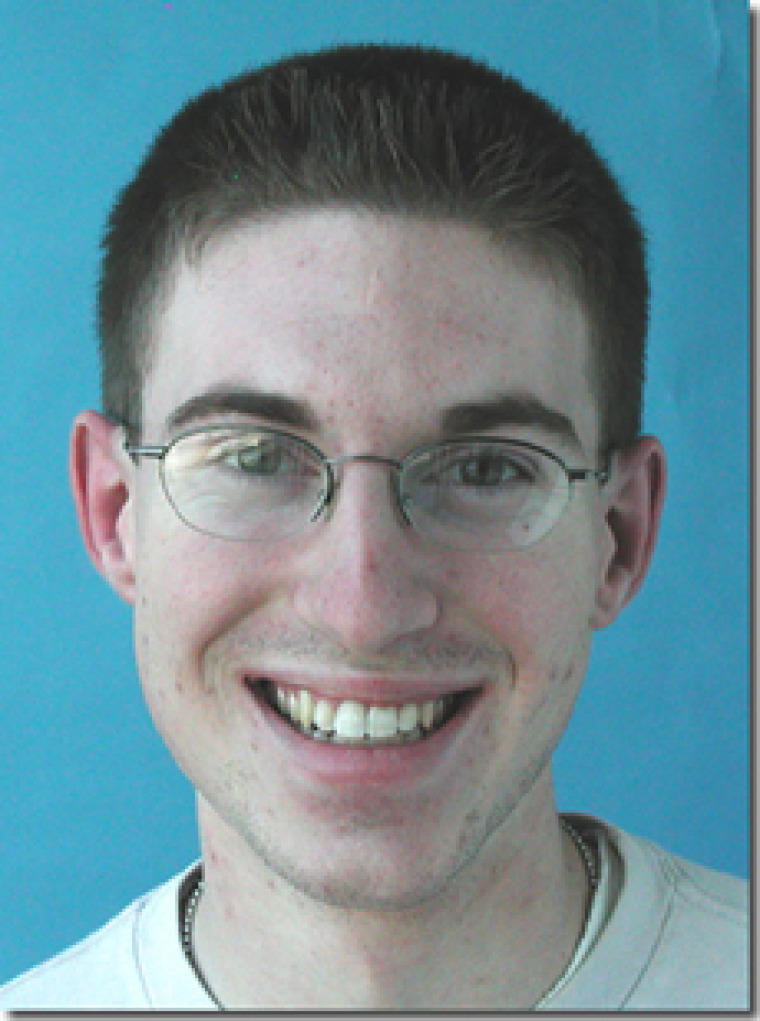Lissa Ong
Lissa Ong
I am a 5th year graduate student in the Department of Planetary Sciences studying impact craters on the Moon, Mars, and Mercury. I love both communicating science and teaching others to explore science on their own. I was fortunate as a student to have teachers who provided opportunities to explore space science and encouraged my interest in the sciences. It is extremely important to me to provide these same opportunities to students not only in high school, but also at a younger age when students have no preconceived notions about the difficulty of science. A 2006 study published in Science Magazine shows that scientific interest at a young age is a better predictor of majoring in science in college than mathematical ability.
For my Space Grant outreach project, I will develop lesson plans for 1st-3rd grade students that make planetary science interactive and relevant with a hands-on approach for analyzing images of planetary surfaces. A major component of this project is the vast database of NASA images of the surface of Earth, Mars, the Moon, Mercury, Venus, and the icy satellites of Jupiter and Saturn. With continuing NASA missions such as the Lunar Reconnaissance Orbiter and Mercury Messenger, students can participate in current, ongoing science.
My lesson plans will help students explore the major geologic processes on solid planet surfaces: impact cratering, tectonics, and volcanism. First, I will familiarize students with satellite images and the appearance of planetary surface from space. Students will then learn basic classification techniques to group surface features into the three different processes. I will tie these processes to hands-on activities in the classroom that explore how these features are formed. Lessons will also include activities for image analysis, such as crater counting and surface mapping. By the end of the three units, students will be able to recognize and classify surface features, and qualitatively describe how they form. Early exposure to the planetary sciences will help young students develop a basic awareness of and interest in space science that they will carry throughout their lives, share new knowledge with family and friends, and help produce a new generation of space scientists.


